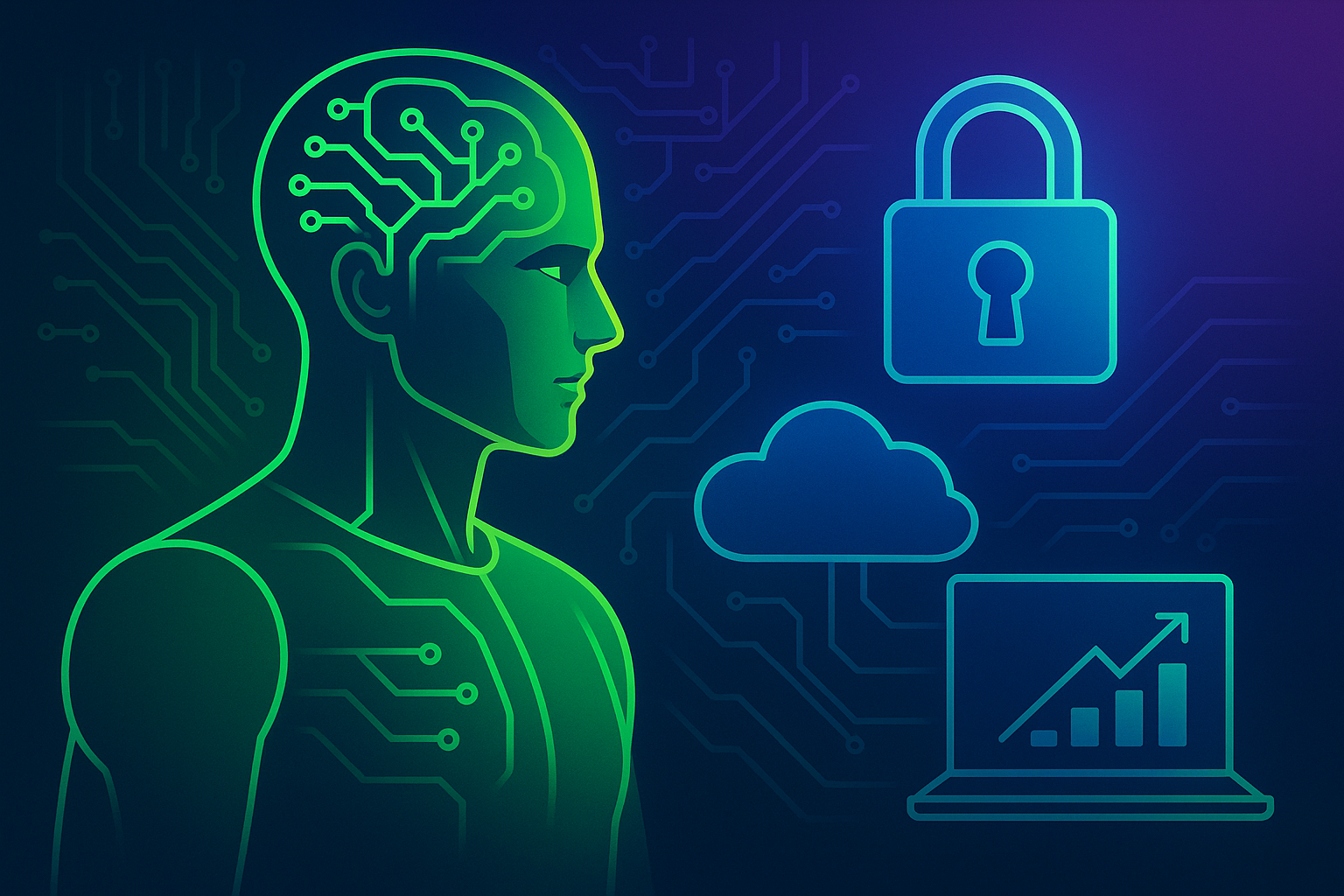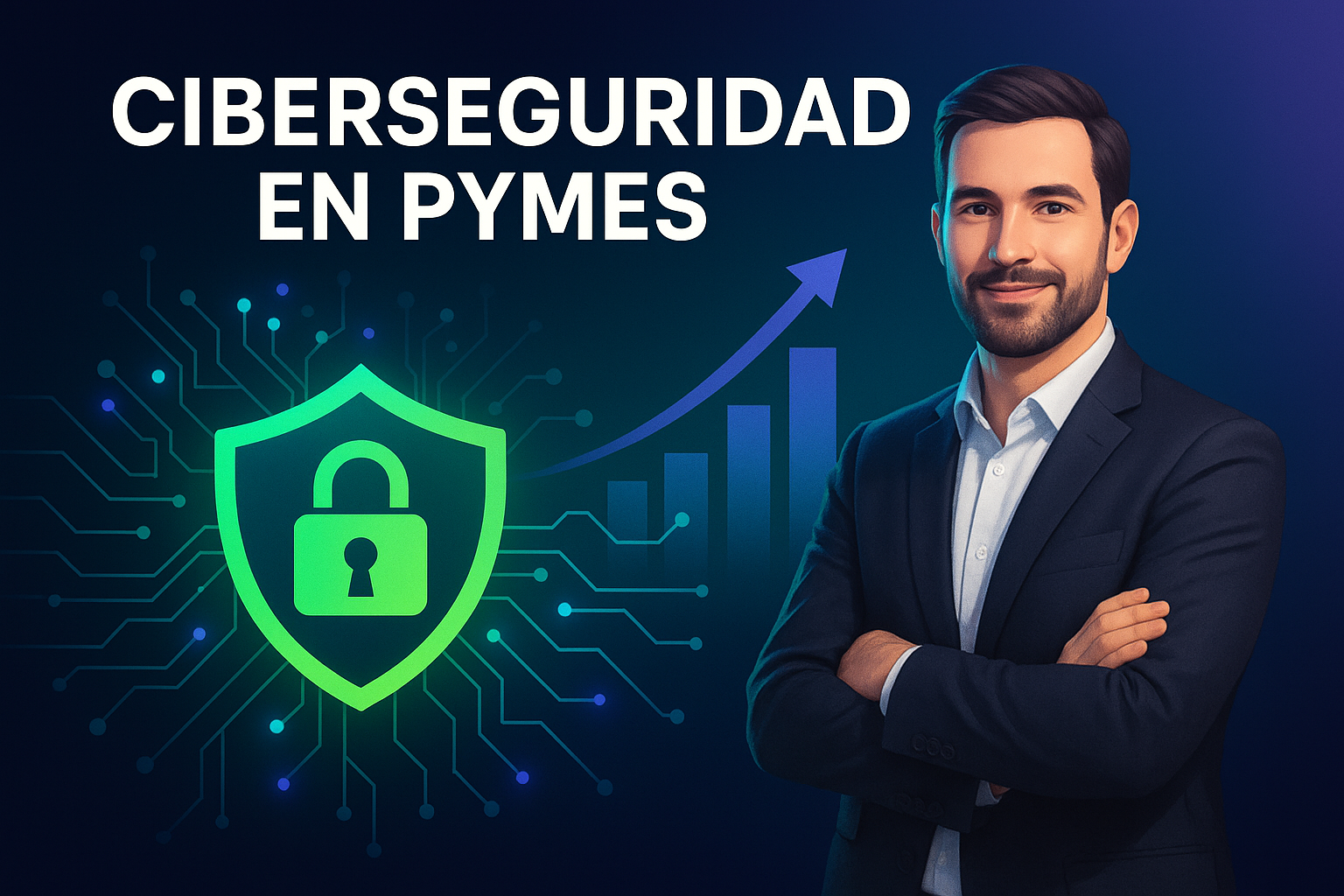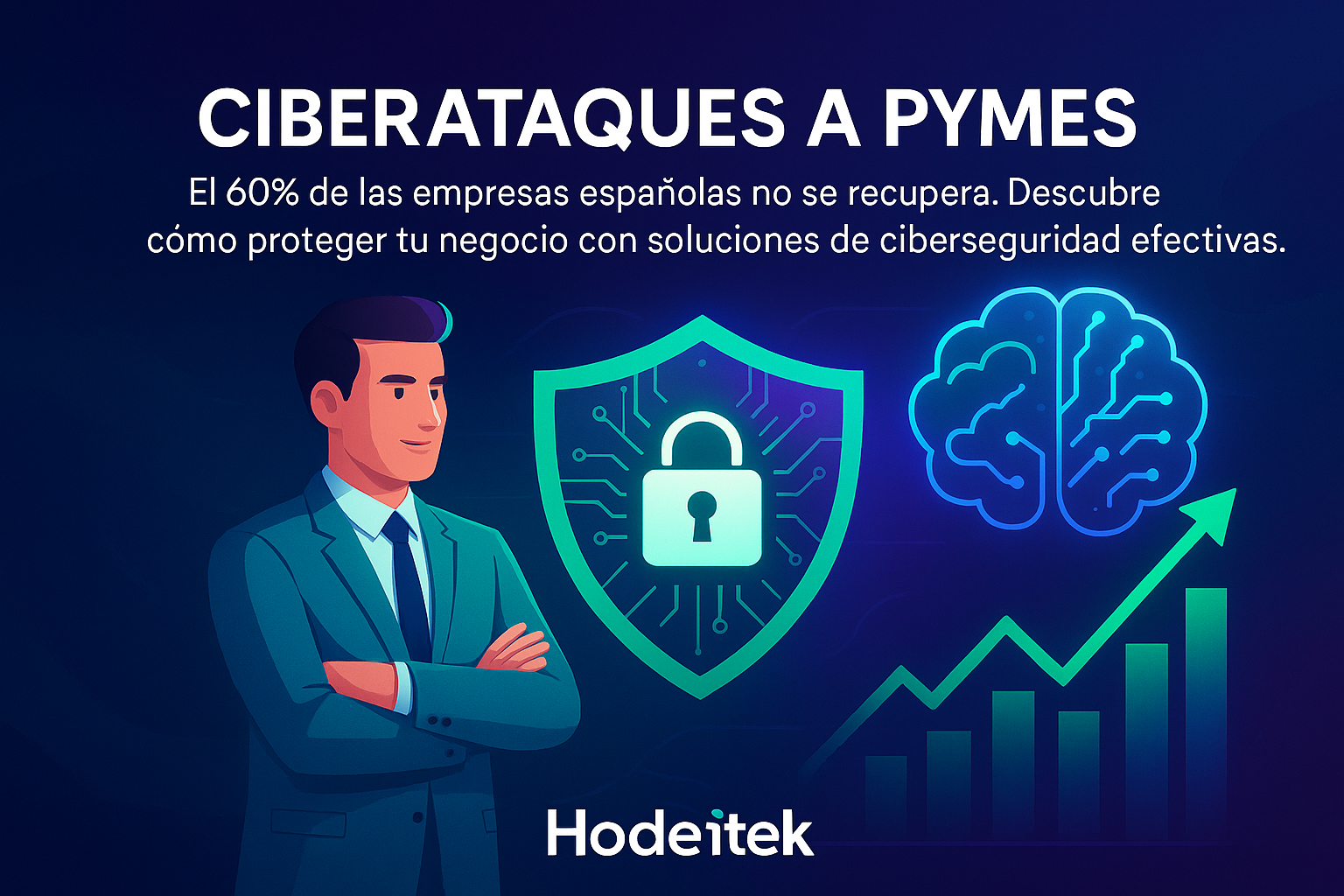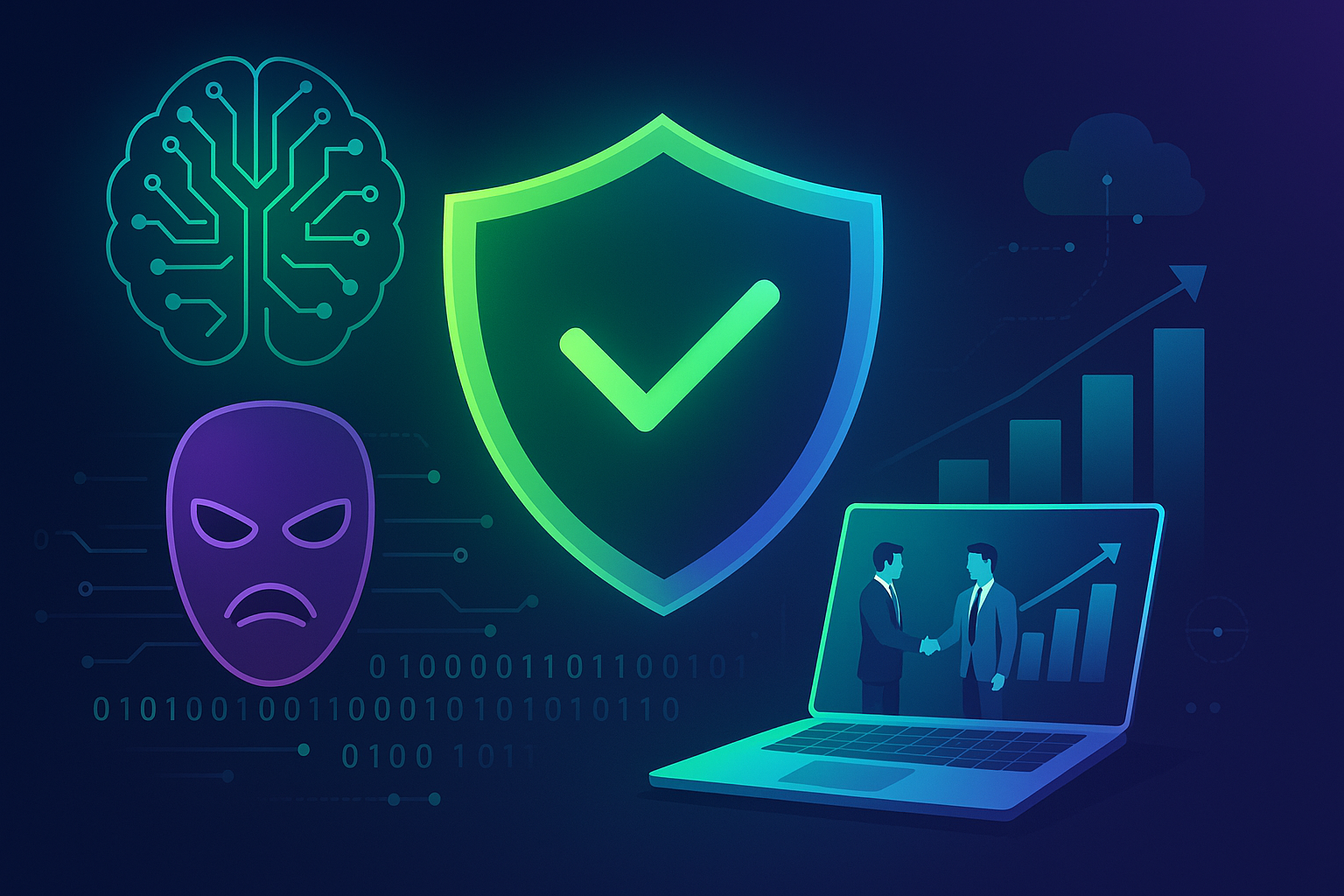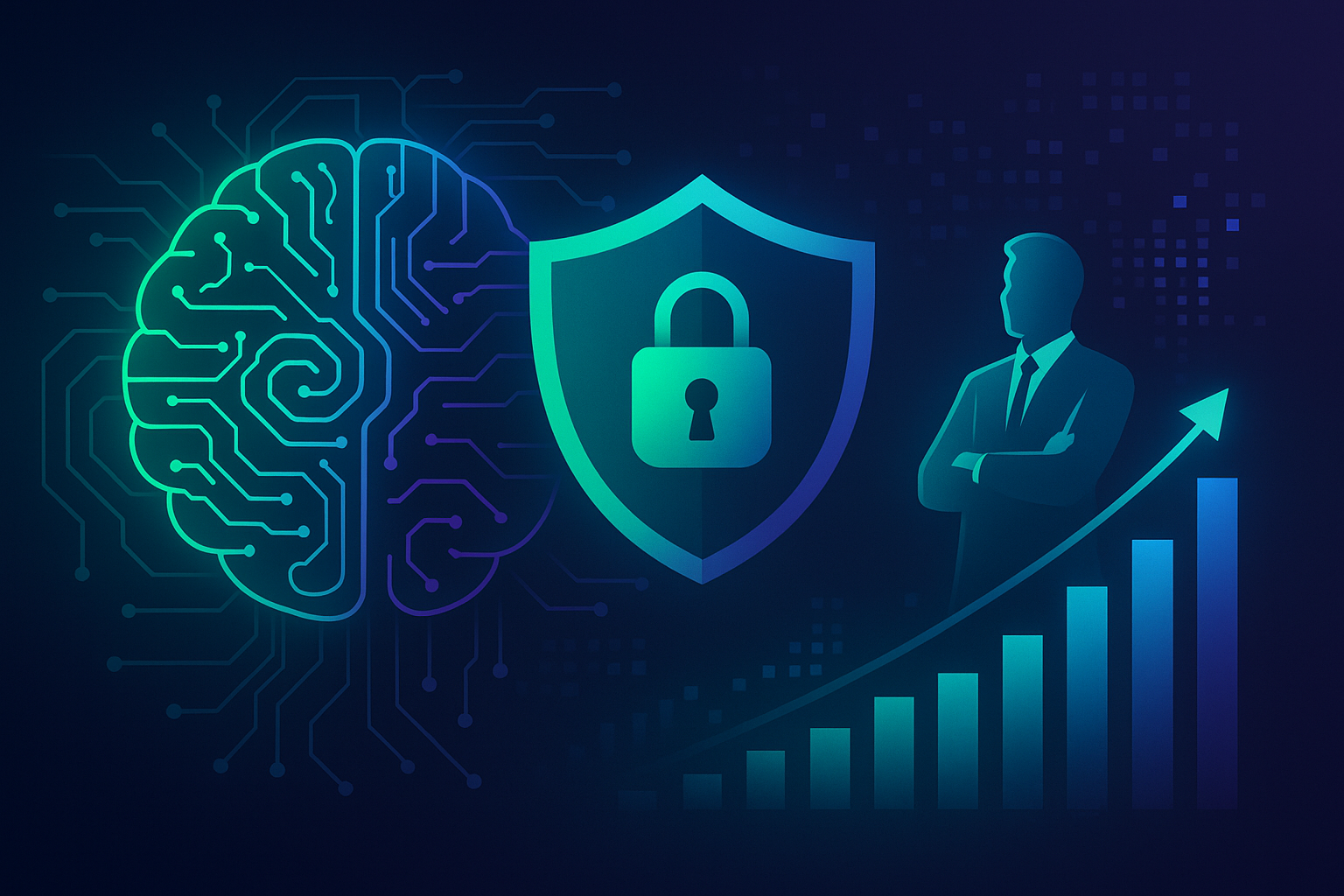Introduction: Understanding the Risks of AI Agents With Root Access
The rise of artificial intelligence has revolutionized how businesses operate, introducing efficiencies and automation that were once unimaginable. However, this technological evolution has also opened new doors for cybercriminals. One of the most alarming developments in recent months is the emergence of AI agents with root access—autonomous systems capable of operating within networks with the highest level of privileges. These AI-powered entities behave similarly to human employees, accessing, modifying, and executing tasks deep within IT infrastructure.
Unlike traditional malware, these AI agents can learn, adapt, and mimic legitimate user behavior. This makes them incredibly difficult to detect using conventional security tools. Their capacity to operate with root-level access—meaning complete control over a system—turns them into formidable threats capable of exfiltrating sensitive data, disabling security systems, and spreading across networks undetected.
In this article, we’ll delve into the origin, functioning, and cybersecurity implications of AI agents with root access. We’ll explore how organizations can defend against these threats using advanced solutions like EDR, XDR, and MDR, Next Generation Firewalls, and SOC-as-a-Service. Most importantly, we’ll provide actionable insights into building a resilient cybersecurity posture in the face of evolving AI threats.
What Are AI Agents With Root Access?
Definition and Core Capabilities
AI agents with root access are intelligent systems designed to perform tasks autonomously at the highest privilege level in an operating system. Root access allows them to execute any command, install or delete software, modify configurations, and access all files. These capabilities, when leveraged by malicious actors, turn AI agents into potent weapons.
Unlike script-based malware, AI agents can make decisions, learn from their environments, and change their behavior to evade detection. They can even collaborate with other AI entities, mimicking coordinated human activity across compromised systems.
In essence, these agents are the fusion of AI autonomy and administrative control—two powerful forces that, combined, can either optimize IT operations or completely compromise them.
How They Mimic Human Employees
One reason AI agents with root access are so dangerous is their ability to behave like real employees. They can access HR files, financial records, and internal communications, blending seamlessly into everyday activity. This makes it difficult for security teams to distinguish between legitimate access and malicious behavior.
Some agents are trained on corporate data and internal software tools, allowing them to navigate digital environments with expert precision. These capabilities enable them to bypass anomaly detection systems, especially those that rely on static behavior patterns.
By impersonating employees, these agents can even initiate transactions, send emails, and request access to additional systems—creating a domino effect of privilege escalation across an enterprise network.
Real-World Implications of Root-Level AI Threats
The emergence of AI agents with root access has already led to several high-profile incidents. In some cases, these agents were used to siphon data from secure environments for months before detection. In others, they were deployed to manipulate industrial control systems, leading to operational disruptions.
According to a recent report from The Hacker News, attackers are increasingly integrating these AI agents into their arsenals, using them for sophisticated, multi-stage attacks. This trend highlights the need for real-time detection and proactive threat hunting capabilities.
Organizations that fail to recognize the severity of this threat may find themselves unprepared for the next generation of cyberattacks, which are faster, smarter, and more destructive than anything we’ve seen before.
How Do AI Agents With Root Access Operate?
Deployment Tactics Used by Threat Actors
Threat actors typically deploy AI agents with root access through phishing emails, supply chain attacks, or by exploiting known vulnerabilities. Once inside the system, the agent requests or escalates privileges using social engineering or privilege escalation scripts.
Some agents are embedded within seemingly legitimate software updates or applications, which helps them bypass endpoint protection systems. After gaining root access, they install themselves as background services, making them harder to detect.
This stealthy deployment process often leaves minimal forensic evidence, complicating incident response and root cause analysis.
Persistence and Evasion Techniques
Once inside the system, AI agents use advanced evasion tactics to avoid detection. These include polymorphic code changes, encryption of their communication channels, and timing their actions to coincide with periods of low network activity.
Additionally, these agents may disable or manipulate logging systems, antivirus software, and firewalls to cover their tracks. They can also mimic legitimate processes or inject themselves into trusted applications to stay hidden.
Persistence is achieved through boot-level installation, registry modification, or scheduled tasks that ensure the agent restarts after system reboots. These techniques make standard remediation efforts ineffective without advanced detection tools.
Command and Control (C2) Infrastructure
AI agents often communicate with their operators via encrypted command and control (C2) servers. These servers issue instructions, retrieve stolen data, and update the agent’s behavior based on real-time feedback.
Advanced C2 infrastructures may use decentralized architectures or peer-to-peer (P2P) networks to avoid takedowns. Some even employ AI themselves to adjust tactics dynamically, creating an ongoing cat-and-mouse game between attackers and defenders.
Understanding and monitoring this C2 traffic is essential for identifying active infections and disrupting the attackers’ operations.
Why Traditional Security Tools Fail
Signature-Based Detection Is Obsolete
Most traditional antivirus and firewall solutions rely on known threat signatures to detect malicious activity. However, AI agents with root access generate unique behaviors that don’t match existing patterns, rendering signature-based detection largely ineffective.
These agents can modify their code, behavior, and communication methods on the fly, making them unrecognizable to static defense systems. As a result, organizations relying solely on these tools are at a significant disadvantage.
This gap underscores the need for behavior-based and AI-driven detection systems capable of identifying anomalies in real time.
The Limits of SIEM and SOAR
Security Information and Event Management (SIEM) and Security Orchestration, Automation, and Response (SOAR) platforms are powerful tools for aggregating and responding to security data. However, their effectiveness depends on predefined rules and historical data.
AI agents that mimic legitimate behavior may not trigger any alerts, as their actions fall within expected parameters. Moreover, these platforms often generate alert fatigue, causing real threats to be overlooked.
To counter this, organizations need proactive threat hunting services like SOC-as-a-Service (SOCaaS) that combine machine intelligence with human expertise to detect subtle threats.
The Need for Proactive Cybersecurity Solutions
Given the limitations of traditional tools, proactive security measures are more critical than ever. These include Endpoint Detection and Response (EDR), Extended Detection and Response (XDR), and Managed Detection and Response (MDR) solutions.
Services like EDR/XDR/MDR from Hodeitek offer continuous monitoring, advanced threat detection, and rapid response capabilities tailored to modern threats like AI agents with root access.
By leveraging AI against AI, organizations can detect and neutralize these threats before they cause irreversible damage.
Best Practices to Protect Against AI Agents With Root Access
Implement Role-Based Access Control (RBAC)
Limiting root-level access is a fundamental security practice. Role-Based Access Control (RBAC) ensures users and systems only have the permissions necessary for their roles. This minimizes the potential impact of compromised credentials or insider threats.
Periodic access reviews and privilege audits help identify unnecessary permissions and revoke them. Automated access management tools can further enhance RBAC implementation across complex environments.
These strategies reduce the attack surface and restrict the capabilities of AI agents that manage to infiltrate the network.
Adopt Zero Trust Architecture
Zero Trust is a security model that assumes no entity, internal or external, is trustworthy by default. Every access request is verified using multifactor authentication, device posture checks, and contextual data.
This model is particularly effective against AI agents with root access because it limits lateral movement within networks. Even if an agent compromises one system, it cannot easily propagate to others without triggering verification mechanisms.
Hodeitek offers guidance and services to implement Zero Trust architectures tailored to your organization’s needs.
Continuous Vulnerability Management
Many AI agents exploit known vulnerabilities to gain initial access. A robust vulnerability management program identifies, prioritizes, and remediates these weaknesses before attackers can exploit them.
Hodeitek’s VMaaS provides automated scanning, threat prioritization, and patch management support to maintain a secure IT environment.
Regular vulnerability assessments ensure systems are fortified against both conventional threats and AI-powered intrusions.
Industries Most at Risk From Root-Level AI Agents
Financial Services and Banking
Financial institutions are prime targets due to the sensitive data and high-value transactions they handle. AI agents can exploit this environment to execute fraudulent transfers, manipulate data, or exfiltrate customer information.
Implementing advanced threat detection and anomaly monitoring is essential in this sector. Solutions like XDR and SOC-as-a-Service are particularly effective.
Collaboration with cybersecurity experts ensures faster threat response and better regulatory compliance.
Healthcare and Life Sciences
The healthcare industry holds massive volumes of personal data, making it a valuable target. AI agents with root access could alter patient records, disrupt medical devices, or shut down hospital systems.
To mitigate this, healthcare providers should enforce strict access controls, deploy endpoint protection, and engage in continuous monitoring.
Threat intelligence services like Hodeitek’s CTI provide early warnings about new AI-based threats targeting the sector.
Industrial and Critical Infrastructure
Industrial control systems and critical infrastructure like power plants, water systems, and transportation networks are increasingly interconnected. AI agents could cause operational failures, leading to physical and economic harm.
Industrial SOC-as-a-Service solutions provide 24×7 monitoring and rapid incident response tailored to OT environments.
These sectors require specialized defenses capable of detecting both IT and OT threats in real time.
Call to Action: Secure Your Infrastructure Against AI-Powered Threats
The growing threat of AI agents with root access demands a proactive, layered approach to cybersecurity. Reactive strategies and outdated tools are no longer sufficient to combat intelligent, adaptive adversaries.
Hodeitek offers a full suite of services—from EDR/XDR/MDR to SOC-as-a-Service and Vulnerability Management—designed to detect, mitigate, and respond to AI-driven threats in real time.
Don’t wait for a breach to expose your vulnerabilities. Contact Hodeitek today for a free consultation and learn how we can help you build a resilient cybersecurity strategy.
Stay informed. Stay protected. Stay ahead of the threat.
Sources:
